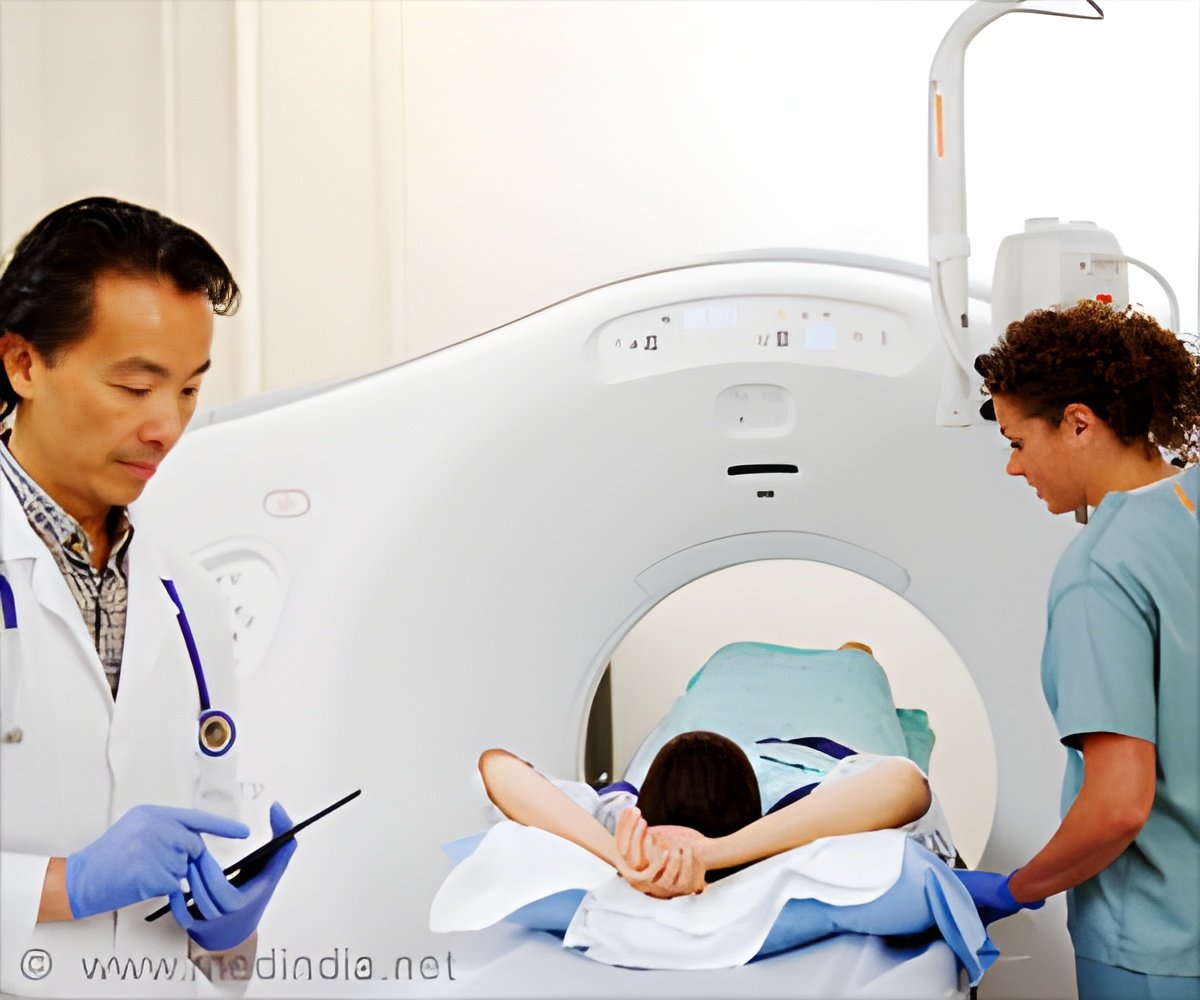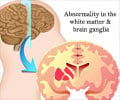New study supports more conservative use of emergency department (ED) neuroimaging for non-index seizures.

‘Patients who go to the emergency department (ED) with seizures often undergo neuroimaging, usually CT scans.’





In an Epilepsia study of 822 ED visits for non-index seizures, neuroimaging was performed in nearly half of all patients. Of these, 3% of imaging tests led to an acute change in patient management, 2% after excluding false positive scans. Without any of these three clinical factors, the true positive yield of neuroimaging was zero. The findings support a more conservative use of ED neuroimaging for non-index seizures, based on clinical factors at the time of presentation.
Source-Eurekalert













